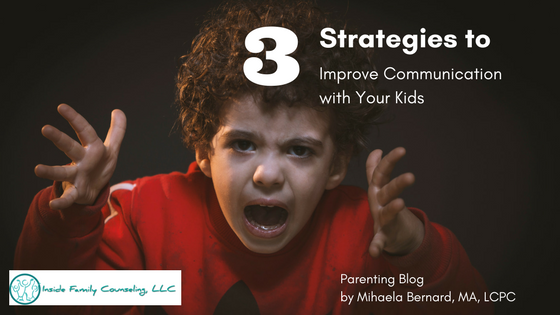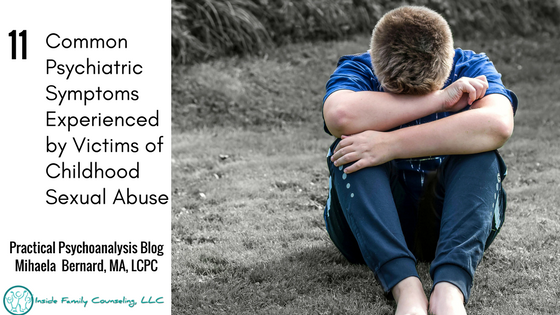As a parent of two small kids and a psychotherapist, who works with families and their children, I try to always be learning parenting strategies and effective ways to communicate with kids of different ages. I’ve recently started focusing on learning more about neuroscience in general and the developing brain of children and adolescents in particular. As interpersonal conflicts with their kids is often a problem that parents talk to me about, I decided to share three strategies to improve the way we communicate with each other, based on the book “The Whole-Brain Child: 12 Revolutionary Strategies to Nurture Your child’s Developing Mind” by Daniel Siegel, MD and Tina Bryson, PhD. As I read along, I’ll share 3 strategies from the book from my point of view every month. Here are the first three:
- Teach Your Kids about Emotions and Feelings. One of the hardest moments in parenting is teaching kids how to recognize, translate and manage their emotions. Part of the difficulty is that it takes a certain physiological and emotional maturity before we are able to integrate the emotional and logical parts of our brains, and the learning begins from a very young age.
- Learn to Recognize the Need or Feeling Underlying Your Child’s Behavior. “Name it to Tame it” is one of the strategies in the book that teaches to name the emotions a certain event triggers and then retell the story of what happened to your kids in order to help them integrate the experience. This is especially true for scary, traumatic or painful experiences such as a family going through a divorce, the death of a family member or a loud argument you had with your partner or your child.
- Connect the Behavior to the Emotions that Triggered it. This naturally follows the naming and taming of experiences – by recognizing the emotions that triggered your child’s behavior, you are able to connect their feelings to their behaviors, and then offer new ways to manage those feelings instead of doing the undesirable behavior. Siegel and Bryson call this strategy “Engage, Don’t Enrage” which encourages self-understanding and promotes problem solving skills. For instance, your child screams at you, “I hate you, mommy!” Instead of saying, “That’s not okay to say, you need to apologize!”, try this: “Wow, you are really mad right now! Is it because I did not buy you that necklace?” Once your kid has calmed down, you can think of other ways to satisfy the wish for a necklace and offer to work on crafting a necklace at home together instead. Problem solved, but only after the emotion and the underlying needs of contact and attention have been attended to.








